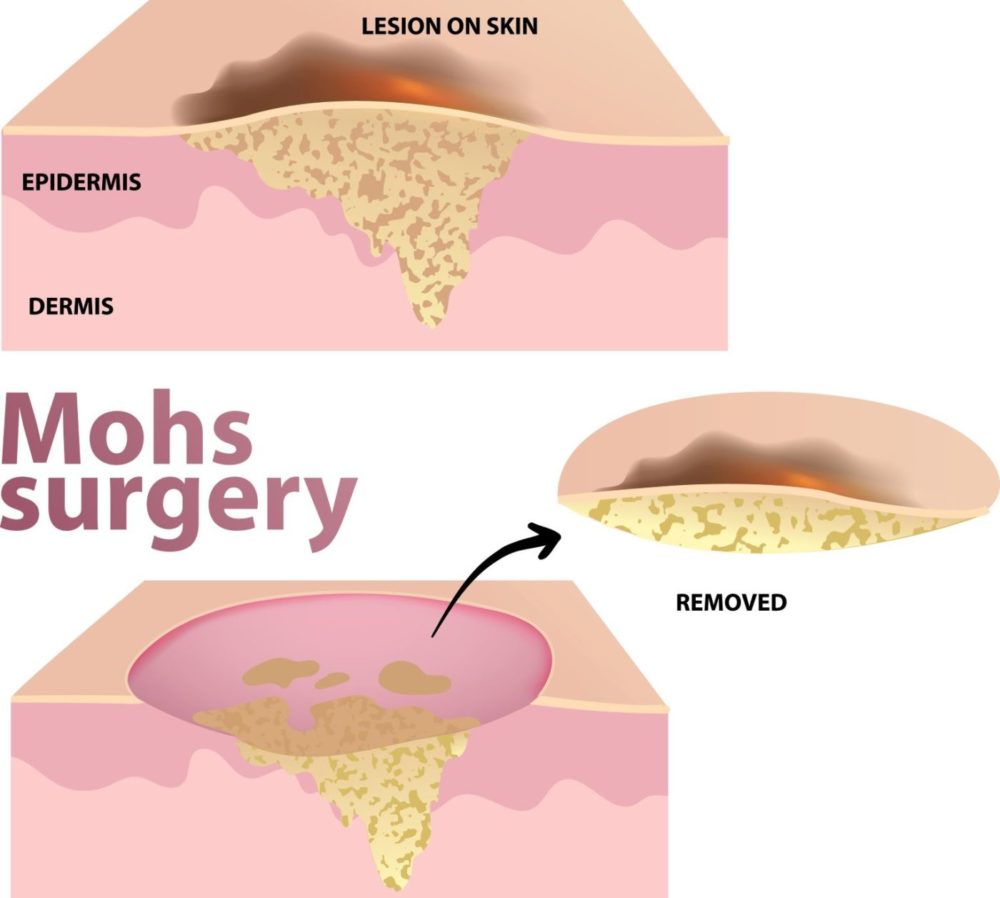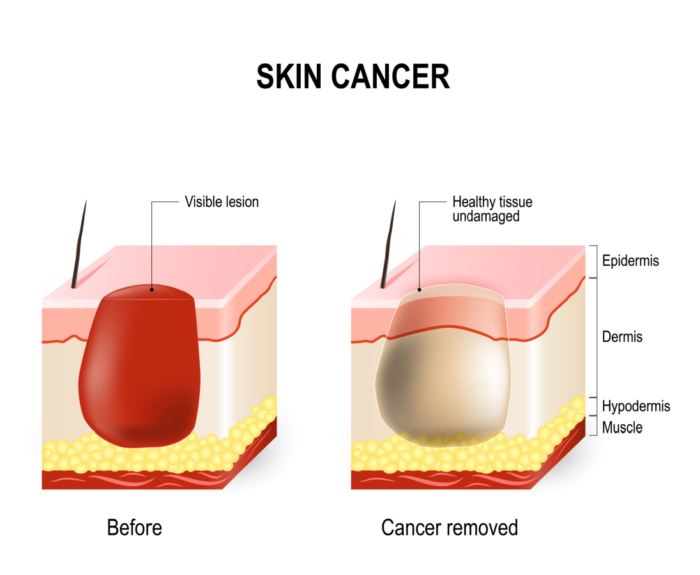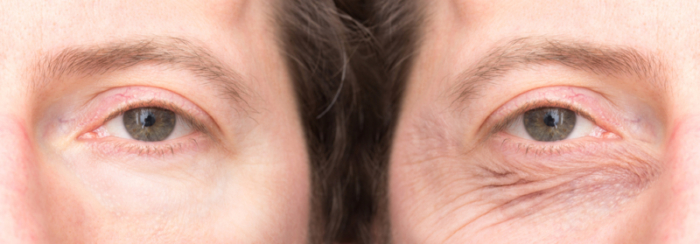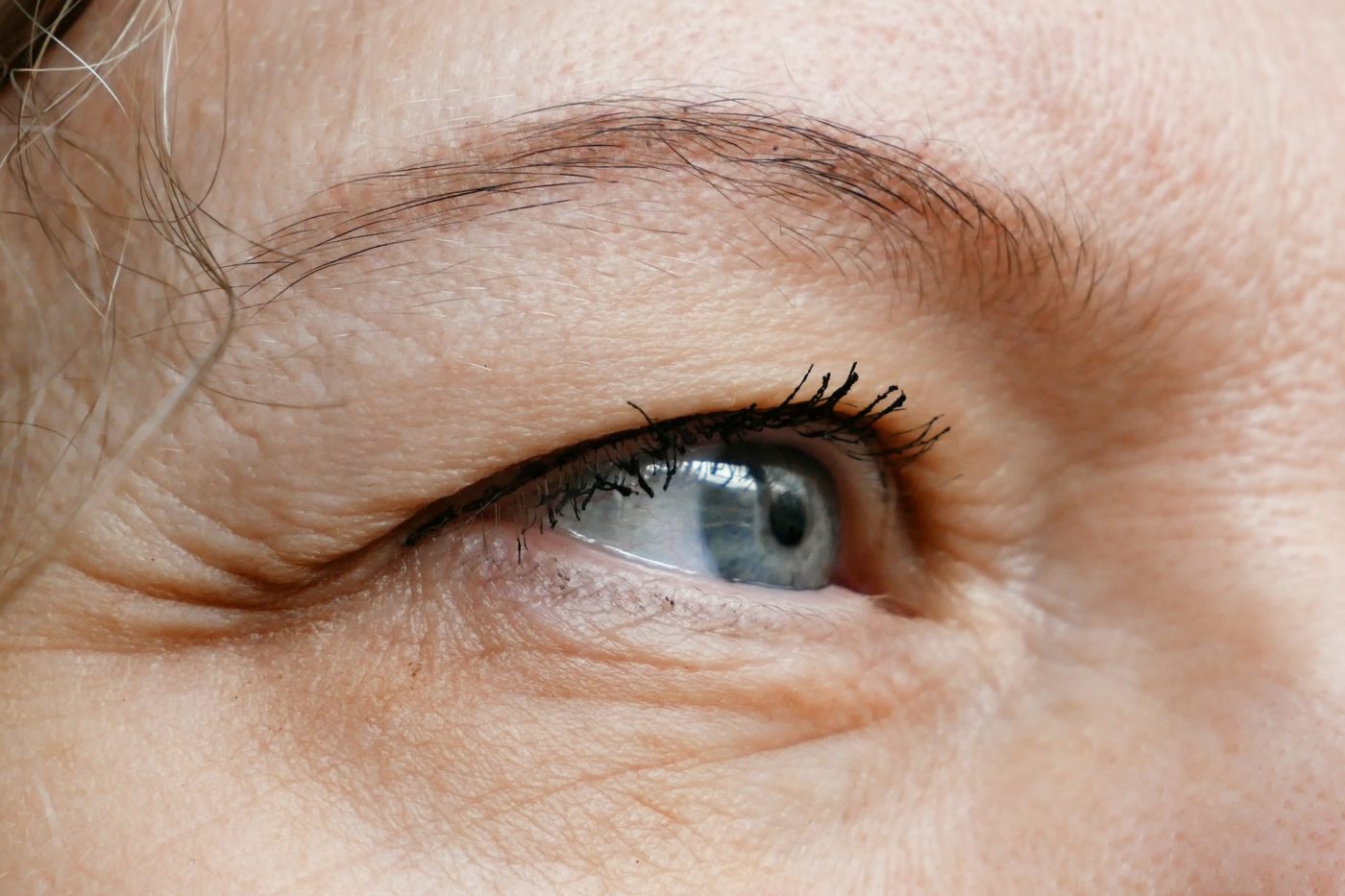MOH’S surgery is a highly advanced treatment for skin cancer. It was developed by Dr. Frederic E. Moh’s. The cure rate is 99%. Cosmetically the least amount of tissue is removed and the skin is repaired in a way to reduce scarring as much as possible. The key is to keep as much of the healthy tissue as possible remaining for the patient. It is a large improvement over having an excision which removes the visible cancer and the healthy tissue around it. It is done on an outpatient basis using local anesthesia. It is a microscopic surgery that is the preferred treatment for basil and squamous cell carcinomas.
MOH’S surgery begins by removing the skin cancer that can be seen but there may be roots that extend past what is visible. The surgeon is trying to prevent recurrence in the future.
The surgeon removes a layer of skin and color codes each section and maps it on the patients remaining skin. This way the doctor can tell where it came from. The area can be mapped and can be referred back to as each layer is examined.
The specimen is microscopically examined as each layer of material is marked to make sure there are no remaining cancer cells. As cancer cells are found another layer of skin is removed. Layers of skin are removed until there is no evidence of cancer remaining.
Indications for using MOH’S surgery versus other treatments are when the skin cancer develops on an area where cosmetic appearance is most important. It is also used when there have been recurrences using other treatments in the same area.
MOH’S is preferred when areas of skin cancer are larger in size, have ill-defined boarders and are located in areas of scarring.
After the MOH’S procedure is performed, depending on the size of the would, a skin graft may be required to seal the wound. Smaller wounds would just need a few stitches.
Since 2 out 5 patients with skin cancer will develop another one, follow up care is important.
As the Ocular Plastic Surgeon at Fort Lauderdale Eye Institute I work with numerous Moh’s specialists in treating skin cancer around the eyelids.










